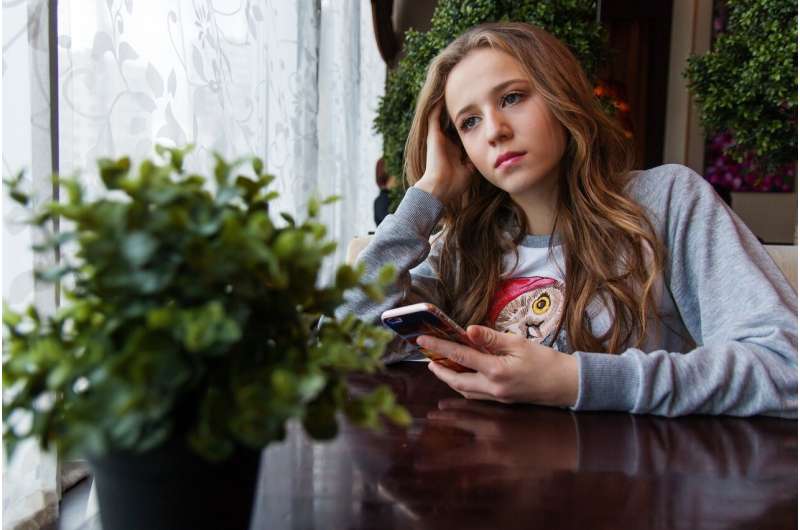Recognizing When Winter Fatigue May Signal a More Serious Condition

Feeling persistently low and tired during winter may signal seasonal affective disorder, a treatable form of depression. Learn about symptoms, causes, and effective treatments.
As winter arrives, shorter days and reduced sunlight can lead to feelings of sluggishness, low energy, and mood dips often referred to as the 'winter blues.' While many people experience these seasonal changes and can manage them without issue, persistent or severe symptoms might indicate a deeper mental health concern known as seasonal affective disorder (SAD). This condition is a recognized form of major depressive disorder characterized by recurring symptoms aligned with seasonal patterns, typically worsening during winter but potentially occurring in summer as well.
Symptoms of SAD include a persistent low mood, loss of interest in activities, fatigue, changes in appetite and sleep patterns, feelings of hopelessness, and in some cases, thoughts of self-harm. Studies estimate that up to 10% of the global population may be affected, with higher prevalence among women, young adults aged 18-30, and individuals living far from the equator where winter daylight hours are limited.
The exact cause of SAD remains unclear, but it is thought to involve reduced light exposure affecting circadian rhythms—the body's internal clock—and possibly vitamin D levels, although evidence for the latter is inconclusive. The decreased light during winter may delay sleep/wake cycles, contributing to sleep issues that are linked to depression.
Fortunately, effective treatments exist. Bright light therapy, which involves daily exposure to a specialized lightbox mimicking natural sunlight, is often the first recommendation. Other approaches include cognitive behavioral therapy to modify negative thought patterns, lifestyle changes such as regular exercise, healthy diet, outdoor activities, and maintaining good sleep hygiene. In more severe cases, antidepressant medications like SSRIs may be prescribed.
Beyond clinical treatment, practical strategies can help those experiencing winter-related mood dips. Prioritizing social activities with friends, embracing the cozy aspects of winter such as hygge, maximizing daylight exposure through outdoor walks, and reframing the season positively can make a difference. If symptoms last more than two weeks or significantly interfere with daily life, consulting a healthcare professional is advised to prevent worsening and to receive appropriate support.
Understanding and addressing winter blues early can improve well-being and help maintain mental health throughout the season.
Source: https://medicalxpress.com/news/2025-06-bed-winter-blues.html
Stay Updated with Mia's Feed
Get the latest health & wellness insights delivered straight to your inbox.
Related Articles
Reevaluating the Midlife Crisis: Does It Truly Begin at Age 35?
Recent research questions the traditional view of the midlife crisis beginning at age 35, suggesting societal changes and new perspectives on aging may shift this paradigm.
Study Highlights the Impact of Maternal Mental Health on Children's Emotional Well-Being
A groundbreaking study shows that maternal mental health, more than paternal, significantly affects children's emotional well-being, emphasizing the need for family-centered mental health interventions.
The Psychological Toll of Internet Scams on Mental Well-Being
Research from Griffith University sheds light on the emotional and mental health effects of internet scams, emphasizing the importance of support and prevention strategies to aid victims' recovery.



